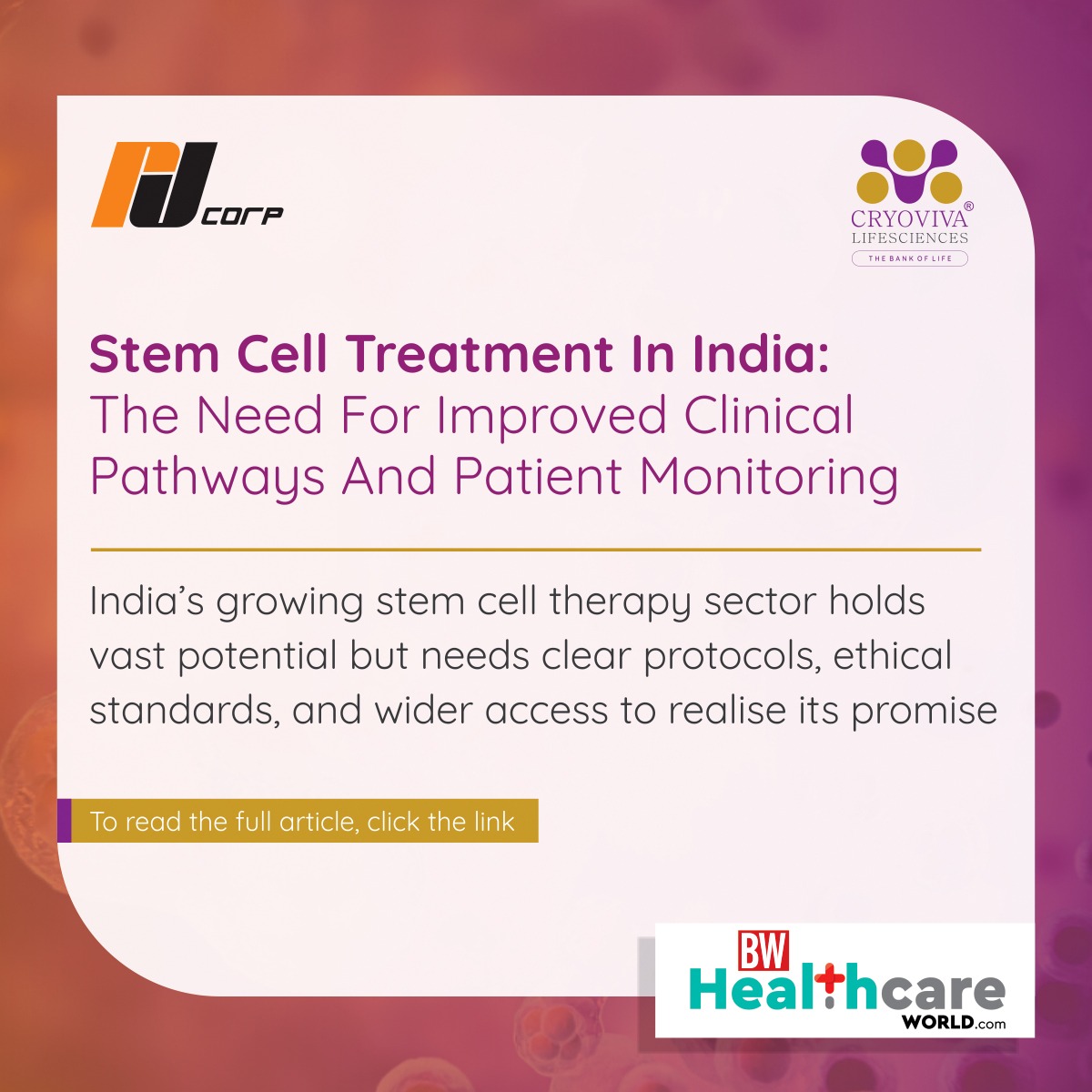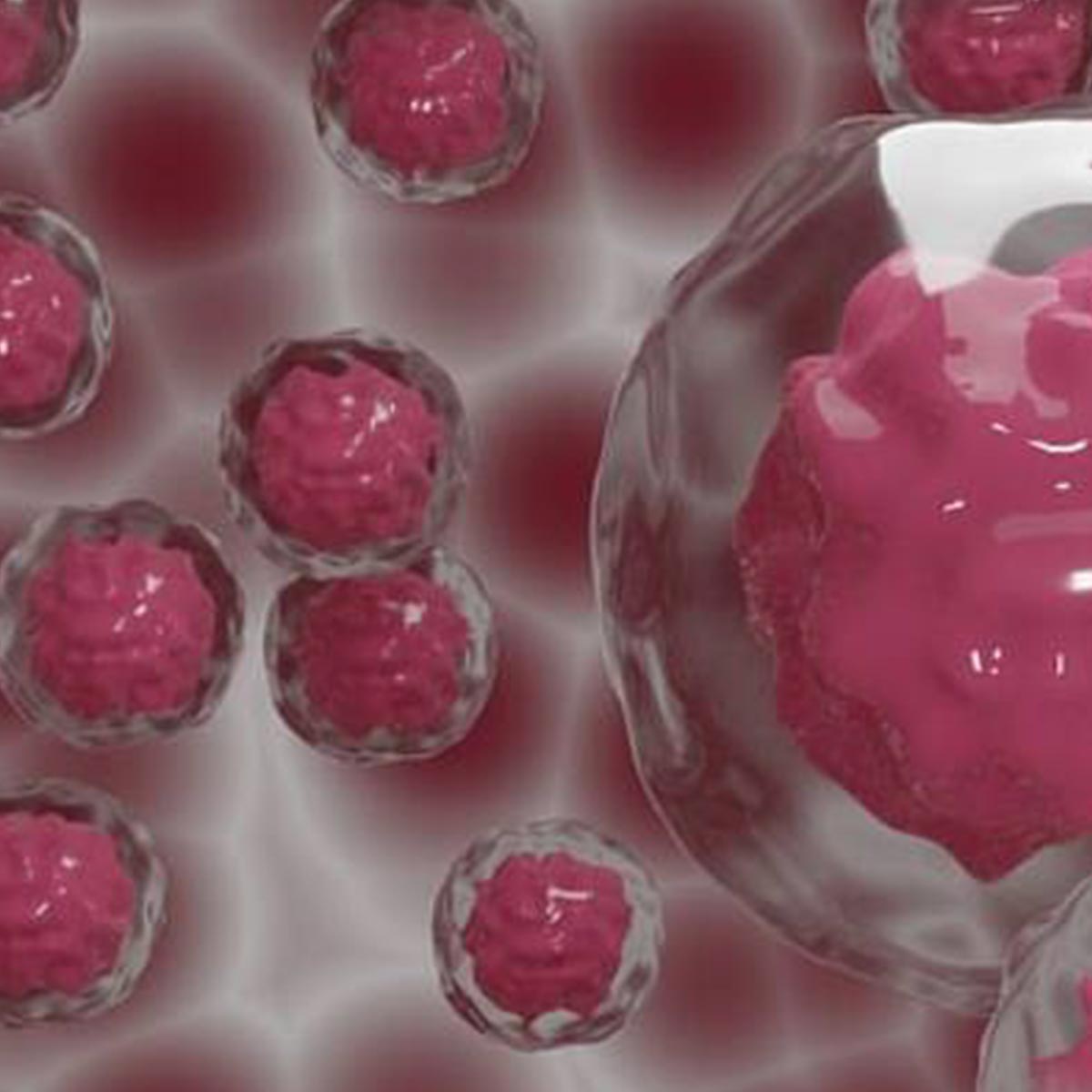Stem Cell Treatment In India: The Need For Improved Clinical Pathways And Patient Monitoring

Over the past two decades, stem cell therapy has progressed from an experimental concept to a recognised pillar of regenerative medicine. Today, it is reshaping treatment options for patients with serious conditions such as thalassemia, certain blood cancers, and rare immune disorders. With a strong base of medical expertise, a diverse patient population, and expanding healthcare infrastructure, India is well placed to emerge as a leader in this domain.
Unlocking this potential takes more than technology and expertise. It requires clear treatment protocols, strong patient tracking, and a firm commitment to ethics. Without these, progress will be inconsistent, and patients will continue to face uncertainty—leaving the true promise of stem cell therapy unmet.
A fragmented landscape
While many leading hospitals now perform stem cell transplants, there is still no harmonised national protocol. This results in wide variations in treatment quality and success rates. Patients frequently rely on informal recommendations or scattered online content, which can delay access to the right care. The timing of intervention is critical , patients who are referred earlier tend to experience better outcomes, whereas late-stage referrals after multiple unsuccessful treatments often limit the effectiveness of stem cell therapy.
This represents a significant missed opportunity. Establishing a standardised clinical pathway, known and followed by both specialists and referring physicians, would enable timely evaluations and ensure patients have a clear understanding of their options.
Technology with purpose
Recent years have seen important advances in cell processing, potency testing, and cryopreservation. Tools such as automated bioreactors and AI-driven analytics now make it possible to achieve greater precision and consistency. India is also witnessing early progress in personalised cell therapies, driven by collaborations between domestic biotechnology companies and global research partners.
Yet technology alone is not enough. To deliver meaningful impact, these innovations must be supported by rigorous clinical trials, transparent data sharing, and adherence to recognised ethical standards. Such measures safeguard patients and strengthen the credibility of India’s stem cell sector in the global arena.
Expanding infrastructure beyond metro cities
A big challenge is the lack of access to modern medical facilities. Outside major cities, many hospitals still don’t have basic setups like sterile rooms for preparing cells, reliable freezing equipment, or trained experts. Because of this, patients from smaller towns often have to travel far for treatment which adds stress and extra costs for their families.
The solution lies in establishing more centres of excellence in Tier 2 and Tier 3 locations. These centres should integrate accredited facilities with robust systems for data collection, clinical audits, and publication of treatment outcomes in peer-reviewed journals. Transparent reporting not only drives sector-wide improvement but also builds trust among patients and practitioners.
Informing patients, setting standards
A central challenge to the growth of India’s stem cell therapy and cord blood banking sector is the absence of reliable, accessible public information. Many online sources present overstated claims or anecdotal success stories, which can mislead patients and their families at vulnerable times. Healthcare providers have a responsibility to offer clear, evidence-based guidance on both the capabilities and the limitations of stem cell therapies.
Cord blood banking illustrates this need for informed choice. Families should receive balanced, scientifically grounded advice on its potential applications and its constraints. Decisions should be based on understanding and voluntary consent, free from undue marketing influence or emotional pressure.
A collective agenda for the future
If India is to become a leader in regenerative medicine, the effort must be collaborative, involving hospitals, researchers, biotechnology companies, regulatory authorities, and patient advocacy organisations. Key priorities include:
- Nationally adopted treatment protocols and referral pathways.
- Expansion of accredited centres in underserved regions.
- Ethical patient counselling and transparent communication practices.
- Strategic investment in infrastructure where most needed.
- Strong enforcement against unproven or unsafe treatments.
- Clinical research tailored to the Indian context, with results published in peer-reviewed platforms.
Stem cell therapy holds the promise of renewed hope where conventional treatments fall short. But that hope must be grounded in rigorous scientific evidence, delivered with ethical integrity, and supported by systems that ensure consistent, high-quality care. India possesses the expertise and capability—what’s needed now is a robust framework to support it. The time to build that foundation is now.
Article Source: https://www.bwhealthcareworld.com/article/stem-cell-treatment-in-india-the-need-for-improved-clinical-pathways-and-patient-monitoring-572012















 Enquiry
Enquiry
 Email
Email Phone
Phone
 Whatsapp
Whatsapp